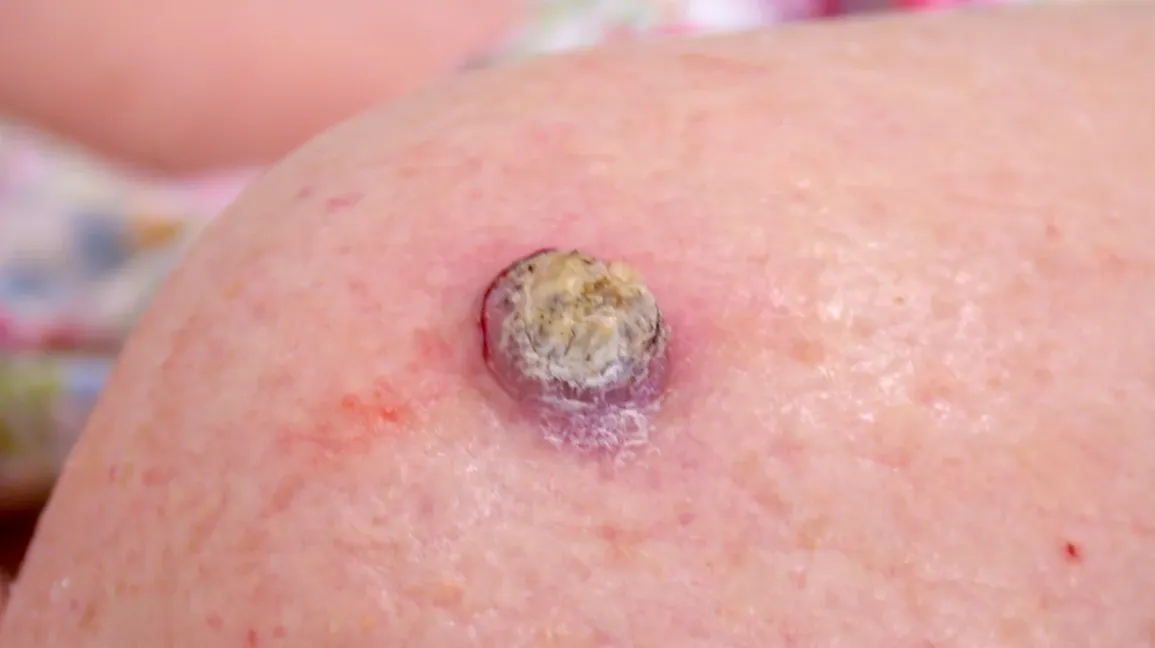
Discover the Early Symptoms of Skin Cancer
Moles, freckles, and other skin imperfections are well known to many and may sometimes indicate early stage skin cancer. Some have had these from early life. Some people monitor them even using a skin cancer tracking app. Skin cancer might present as a new spot or as changes in the color, size, or form of an existing one.
Applications of the ABCDE Method
Check a mole, blemish, or new location using the ABCDE approach; next, decide whether you should consult a doctor:
- Is one half of the mole unlike the other?
- Border: Exist notches or uneven edges?
- Does it have uneven coloration or several tones?
- Diameter: Does it exceed a pencil eraser’s?
- Has it evolved with time in size, form, or texture? Is it asked?
If you answer “yes” to any of them, don’t wait to schedule a visit with your dermatologist, as it could be a sign of early stage skin cancer. While some odd-looking areas could be benign, some apparently normal sites could be malignant. A doctor will be able to distinguish.
Early Symptoms of Skin Cancer
Melanoma, squamous cell carcinoma, and basal cell carcinoma are three generally occurring forms of skin cancer. Every has unique early warning signals:
Basal Cell Cancer
Early stage skin cancer is the most often occurring form of skin cancer. Every year, over 5.4 million cases of basal and squamous cell skin malignancies are reported in the United States. Of every ten, almost eight are basal cell tumors. Early indicators consist in:
- A glossy, skin-colored lump maybe prone to bleeding or scabbing
- A brown, blue, or black spot with an elevated border
- A flat, scaly section with an elevated edge expanding over time
- A whitish or waxy scar-like section devoid of any evident edge
Squamous Cell Carcinoma
Though less prevalent than basal cell, squamous cell carcinoma is a form of early stage skin cancer that can be quite severe. Left untreated, it’s more likely to spread farther. Among the indicators are:
- A hard, red bump
- A flat sore with a scaly or crustaceous surface
- A raised mark or sore developing on an old scar
- A painful or rough, scaly patch on the lip
Melanoma
Early melanoma symptoms consist:
- A change in the mole you already have
- A fresh, odd-looking, or coloured spot
Melanoma can also develop in sites absent of moles. It could show up on the tongue, under the nails, or in hard-to-see locations including the eye.
Alternative Indices of Skin Cancer
Although the ABCDE approach is useful, additional symptoms could indicate more advanced skin cancer. These consist of:
- An aching that never gets better
- Dark spots or redness extending across the mole’s border
- Itching, discomfort, or sensitivity
- Moles that start to scale, alter texture, bleed, or oeze
- Dark areas on the iris of the eye or hazy, partial vision loss
Why Early Detection of Skin Cancer Matters
Catching skin cancer early can make a big difference in treatment success. When found in its early stages, most types of skin cancer are easier to treat and less likely to spread. This can mean fewer procedures, lower costs, and better outcomes. Waiting too long to seek medical advice could lead to more serious health problems. That’s why it’s important to stay alert to changes in your skin and act quickly if something looks unusual. Early detection not only helps protect your health but can also give you peace of mind through regular checkups and screenings.
Conclusion
Person to person, skin cancer looks distinct. It comes from a mole occasionally, though. If you find a new spot—even if it is flesh-colored or pink—see a doctor.
Although it usually shows up in regions exposed to the sun, skin cancer can also develop in places you might not think about. Get full-body skin examinations routinely if you are highly risk-prone.
Effective Treatment for Cancer Skin Peeling at Wall Dermatology
Protect your skin today with Wall Dermatology’s expert care. If you’re dealing with cancer skin peeling, our specialists provide personalized treatments for healing and prevention. Contact us now!
